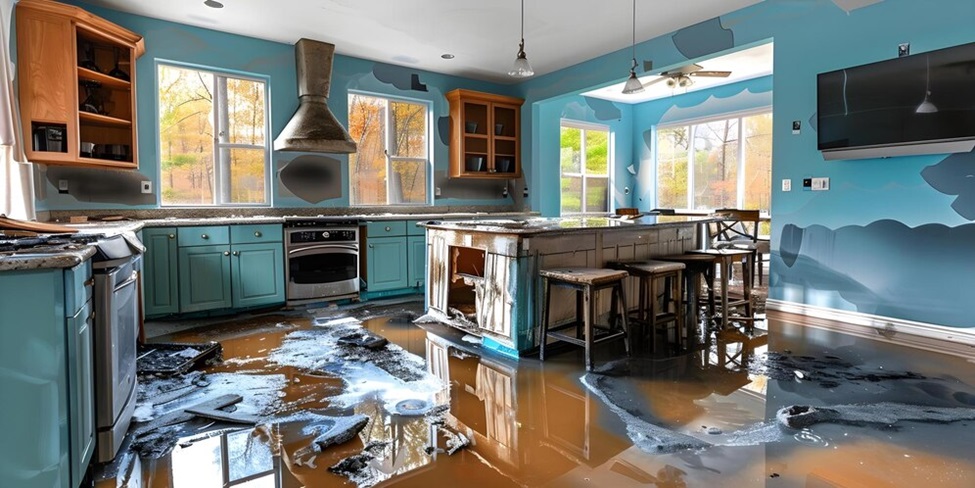Floods can be a stressful event for any homeowner since they result in structural problems and health complications if the water is left to flow all over the house. Regardless of the cause—be it a flood, a ruptured pipe, or merely a leak practical recovery work entails a step-by-step process that will make your house and its items safe again.
Some of the tips you will find relevant when seeking to repair your home after a water disaster include:
Assess the Extent of the Damage
Before starting to restore the area, be sure to check how saturated the area is with water. Determine damages by room, walls, floor, ceilings, and damaged belongings. Also, search for potential water infiltration areas as well as check for structural impairment in the building.
They will help you quantify the level of damage and whether you will require the service of a professional to do the restoration.
Remove Standing Water and Dry the Area
The next vital action is the elimination of remaining water and thorough drying of the affected sector without delay. When there is the presence of water, use pumps, wet vacuums, and dehumidifiers to remove the water and minimize the moisture level. This can also be complemented by opening windows and using fans to facilitate the accelerated drying of the surfaces.
Proper airdrying should be done to avoid the growth of mold as well as other related damages. It is important to wear protective clothing to avoid coming across contaminated water, which may lead to health complications.
Prevent Water Growth with Professional Help
Whether the water is drained quickly or not, you may be shocked to find that there is mold growing on your premises since mold loves to grow where there is moisture. It is therefore important to always seek help from mold remediation companies or professionals when dealing with mold issues.
These people possess the knowledge, the experience, and the necessary tools to determine the mold and ensure its eradication in your homes. They can also provide advice on how to prevent the formation of mold, such as through humidity control and air circulation.
Repair and Restore Damaged Structures
When the area is sufficiently dry and free of mold, you can proceed with the actual rebuilding of structures that were damaged. This may include cases whereby components such as the drywall, the insulation, the floor, and other parts of the building get affected by water.
Make sure that every repair or renovation made conforms to the appropriate codes and standards of the region.
Clean and Disinfect the Area
After any structural damages have been repaired, the area should be washed and disinfected to eliminate the likelihood of dirt. Make sure that the cleaning agents you use not only clean the surfaces but also eliminate all the bacteria or pathogens that the water may have introduced.
It is recommended to pay particular attention to areas that were flooded or were in direct contact with the contaminated water to provide people with safe living conditions.





